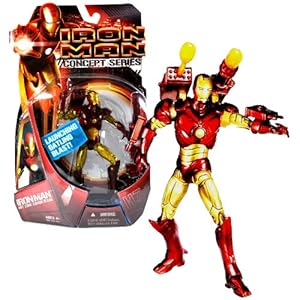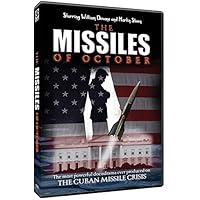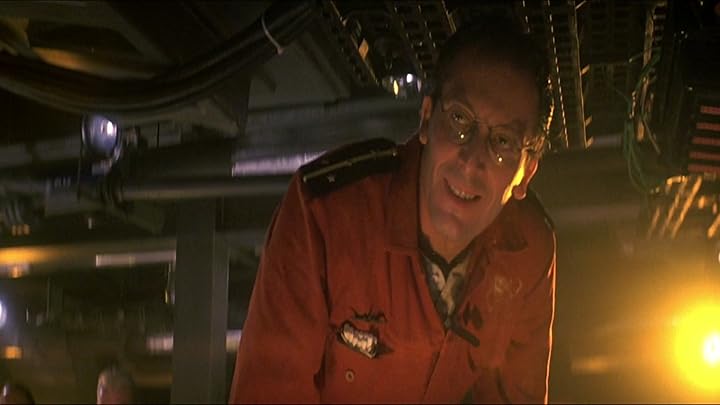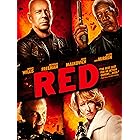Leadership is a multifaceted concept that plays a pivotal role in shaping the outcomes of significant historical events. One of the most dramatic instances of leadership in action can be observed during the Cuban Missile Crisis of 1962, as depicted in the film “The Missiles of October.” This article delves into the intricate dynamics of leadership as portrayed in the film, focusing on key characters such as U.S. President John F. Kennedy, Soviet Premier Nikita Khrushchev, and their respective advisors. By analyzing their decisions and leadership styles, we can glean valuable insights into the nature of effective leadership in high-stakes situations.
The Historical Context of the Cuban Missile Crisis

The Cuban Missile Crisis marked a critical juncture in the Cold War, presenting a 13-day confrontation between the United States and the Soviet Union. It was primarily provoked by the Soviet Union’s secret installation of nuclear missiles in Cuba, just 90 miles from the U.S. coast. The crisis tested the limits of leadership on both sides and showcased the importance of decision-making under pressure.
Leadership Styles: A Comparative Analysis

In “The Missiles of October,” the characters embody various leadership styles that significantly impacted the crisis’s outcome. By examining their approaches, we can better understand the nuances of effective leadership during turbulent times.
John F. Kennedy: The Balanced Leader
President John F. Kennedy illustrated a leadership style that balanced assertiveness with caution. Faced with the prospect of nuclear war, Kennedy prioritized diplomacy without sacrificing the security of the nation. Key elements of his leadership include:
- Deliberation and Consultation: Kennedy convened the Executive Committee of the National Security Council (ExComm), bringing together a diverse group of advisors to discuss potential responses to the crisis. This approach demonstrated his commitment to collaborative decision-making.
- Public Communication: Kennedy’s speeches during the crisis were notably calm and reassuring, which helped to maintain public confidence in his leadership. His address on October 22, 1962, emphasized the seriousness of the situation while also conveying a message of restraint.
- Risk Assessment: Kennedy was acutely aware of the risks involved in military action and sought alternatives such as a naval blockade. His ability to weigh the consequences of various options was crucial in preventing escalation into war.
Kennedy’s leadership style was characterized by a blend of empathy and pragmatism, making him a pivotal figure in averting disaster during the crisis.
Nikita Khrushchev: The Aggressive Negotiator

On the other hand, Soviet Premier Nikita Khrushchev exhibited a more aggressive approach to leadership. His decisions were often driven by a desire to showcase Soviet strength and resolve. Key aspects of Khrushchev’s leadership include:
- Confrontational Posturing: Khrushchev initially adopted a confrontational stance, believing that showing strength would deter U.S. aggression. His insistence on placing missiles in Cuba was partly a response to U.S. missile installations in Turkey.
- Personal Diplomacy: Khrushchev’s correspondence with Kennedy played a crucial role in de-escalating tensions. His willingness to engage in direct communication showcased the importance of personal relationships in leadership.
- Adaptability: As the crisis unfolded, Khrushchev demonstrated flexibility in his approach. Despite his initial aggression, he recognized the potential for catastrophic consequences and eventually agreed to withdraw the missiles in exchange for U.S. concessions.
Khrushchev’s combination of aggressive negotiation and adaptability ultimately contributed to a resolution that prevented war.
The Role of Advisors in Leadership Decision-Making
The leadership styles of Kennedy and Khrushchev were significantly influenced by their advisors, who played crucial roles in shaping their decisions. The film highlights several key figures whose insights and counsel were instrumental during the crisis.
The Influence of Advisors

In “The Missiles of October,” the importance of advisors is underscored through the interactions between leaders and their teams. Some notable advisors include:
- Robert Kennedy: As Attorney General and Kennedy’s brother, Robert played a vital role in advocating for a cautious approach. His perspective often aligned with the need for diplomacy over military action.
- McGeorge Bundy: Serving as National Security Advisor, Bundy provided strategic insights that helped shape Kennedy’s response. His expertise in foreign policy was instrumental in navigating the crisis.
- Dean Acheson: A former Secretary of State, Acheson’s experience and perspective were vital in understanding the geopolitical implications of the crisis.
The interplay between leaders and their advisors illustrates the collaborative nature of effective leadership, especially in high-pressure scenarios.
Lessons in Leadership from the Cuban Missile Crisis

The events surrounding the Cuban Missile Crisis offer several key lessons in leadership that remain relevant today:
- Embrace Collaboration: Effective leaders should actively seek input from diverse perspectives. Collaboration fosters a more comprehensive understanding of complex issues and can lead to more informed decision-making.
- Communicate Clearly: Transparency and clear communication are essential in maintaining public trust during crises. Leaders must articulate their decisions and the rationale behind them to mitigate fear and uncertainty.
- Prioritize Diplomacy: In high-stakes situations, exploring diplomatic options can yield favorable outcomes. Leaders should prioritize dialogue and negotiation to prevent escalation and conflict.
- Adapt to Changing Circumstances: Flexibility is crucial in leadership. The ability to reassess decisions in light of new information can prevent disastrous outcomes.
Conclusion: The Enduring Impact of Leadership

The Cuban Missile Crisis serves as a powerful case study in the dynamics of leadership during times of crisis. The contrasting styles of John F. Kennedy and Nikita Khrushchev highlight the complexity of decision-making and the critical role of advisors in shaping outcomes. As we analyze the lessons learned from this historical event, it becomes clear that effective leadership is characterized by collaboration, clear communication, diplomacy, and adaptability. These principles remain timeless and are essential for leaders facing the challenges of today’s world.
In summary, “The Missiles of October” not only dramatizes a pivotal moment in history but also offers invaluable insights into the nature of leadership. By understanding the traits and decisions of JFK, Khrushchev, and their advisors, current and future leaders can better navigate their own crises, ensuring that they are prepared to make decisions that consider both the immediate implications and the long-term consequences for their nations and the world.


